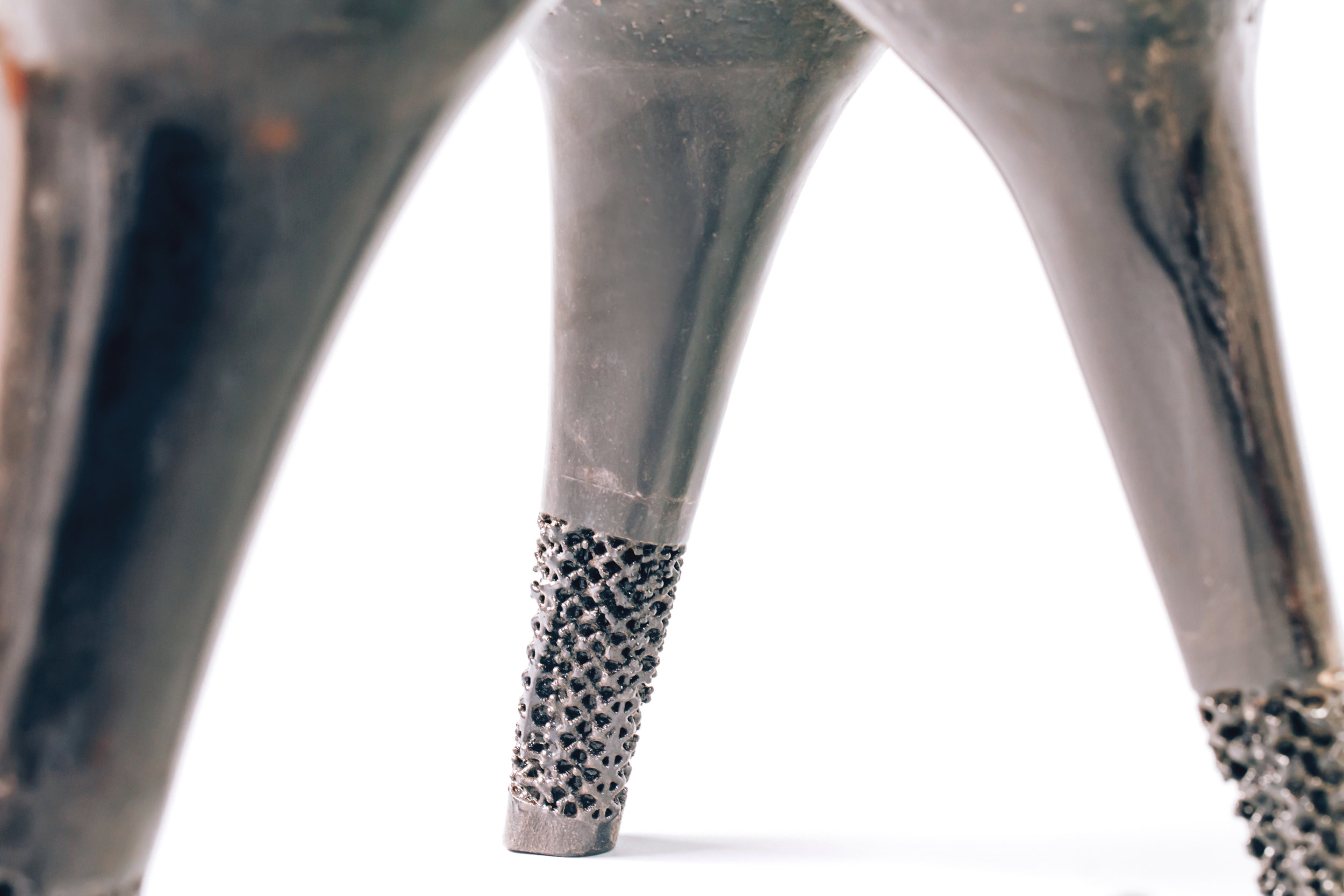Coffee Table

The future of making things has found itself at the intersection of hardware, software, materials and those that make. This future of making things will undoubtedly help enable the us as present and future practices to innovate and create in radically different ways. This project was an expression of just this — to facilitate conversations which enable these present/future designers and makers to think more creatively about material use, reuse, processes of manufacture and design. Digital fabrication technologies have grown exponentially in the most recent decades and offer creative opportunities for architecture and construction from the scale objects, components, to buildings – but not at the expensive of material consideration.

The table was designed, using procedural scripting, to depict the movement and expression of each assemblage through the plane of the tables top. As the legs meet the table top, an imprint pushes through and seemingly peels away the top surface. The table combines a CNC routed top with 3D printed legs.

The top of the table was CNC routed in such a way so as to use as little material as possible. A minimal bounding box was derived around each element of the form using basic form work. A mixture of reused coffee grounds and resin was then cast into the formwork, so as to only fill necessary areas. This saves excess material usage as well as time using the CNC router. The mold was then routed, optimizing the toolpathing by using referenced bounding boxes to avoid areas it need not waist time routing.

The underside was then milled in preparation to assemble and insert the 3D printed legs. Each 3D printed leg while apearing as a massive forms, are in fact hollow shells comprised of two seperate pieces. The bottom portion of the leg was further revealed, where it meets the ground, to show the complex hollow structure within.




